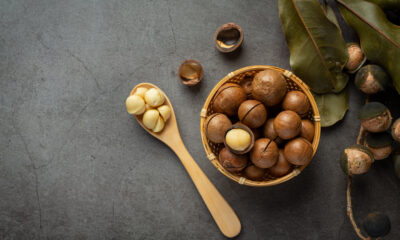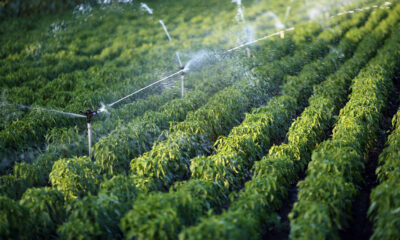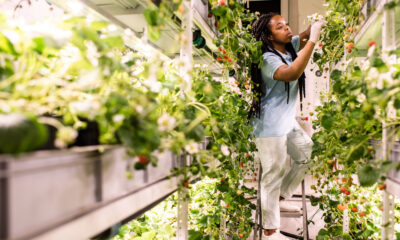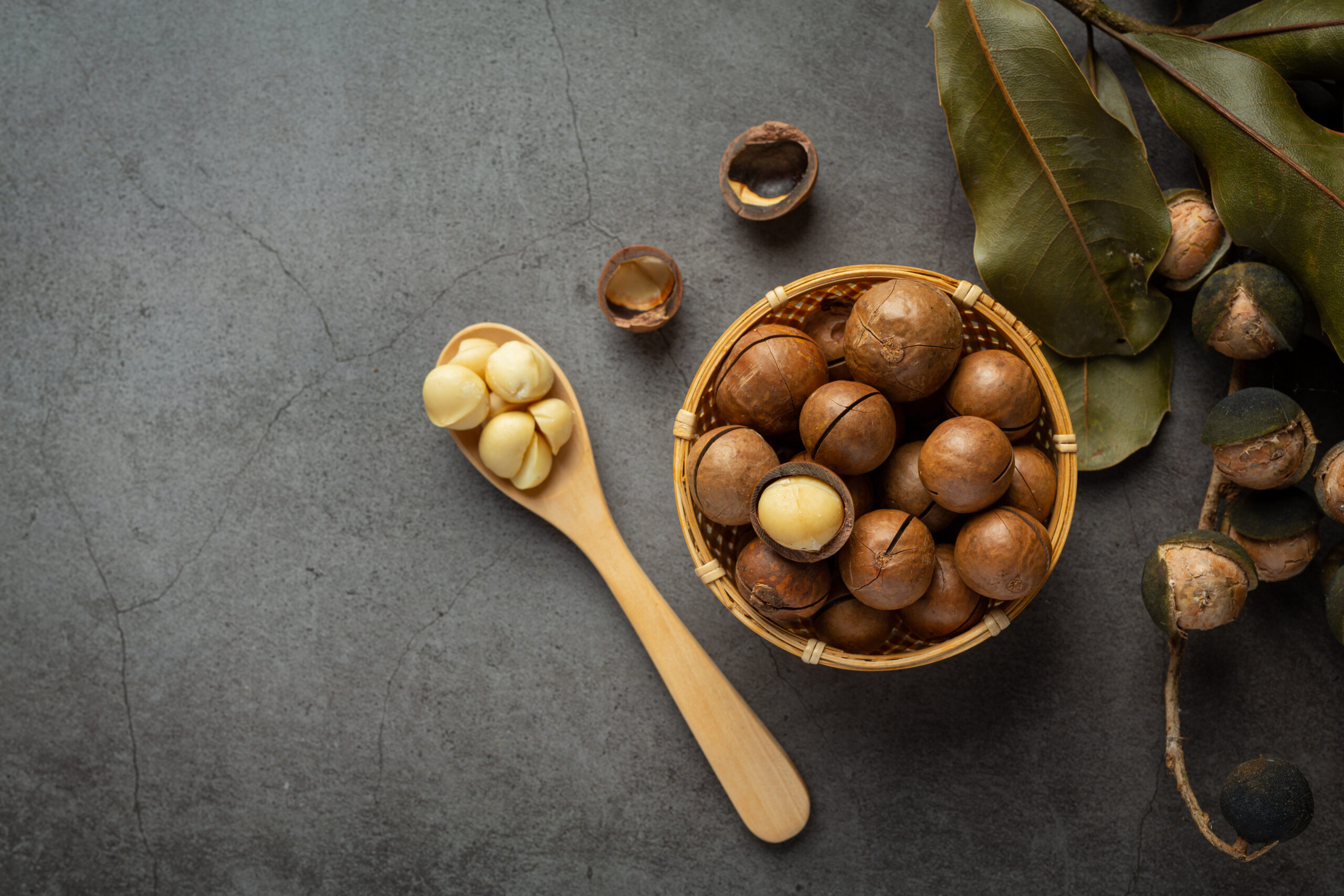Introduction
Welcome to an exciting journey into the world of French potatoes! You might think of potatoes as a humble staple, a side dish for meat or a base for a hearty soup. But in France, this common vegetable is undergoing a remarkable transformation. Some French farmers are selling potatoes for up to 50,000 euros per kilogram! That’s more than gold! What’s behind this extraordinary phenomenon? How are French potatoes becoming so valuable?
In this article, we’ll dive into the reasons behind the skyrocketing price of French potatoes. You’ll discover the unique farming techniques, the rare potato varieties, and the gourmet markets that are driving this boom. We’ll explore how these high-end potatoes are influencing the French farming industry and what it means for the future of agriculture in the region.
Fruits Auction BV also looks at the history of French potatoes, the traditions that have shaped their cultivation, and the chefs who prize these premium potatoes for their top-tier dishes. Whether you’re a food lover, a farming enthusiast, or just curious about this amazing story, you’ll find plenty to enjoy.
So, if you’re ready to learn about a vegetable that’s turning heads and creating a stir in the culinary world, let’s get started! Keep reading to find out what makes French potatoes so special and why they’re worth their weight in gold.
French Potatoes
French potatoes have a rich history that stretches back centuries, with roots in both traditional and modern agricultural practices. The journey of this high-value crop began in the late 18th century when Antoine-Augustin Parmentier, a French pharmacist and agronomist, championed the potato’s acceptance in France. At the time, potatoes were often considered unfit for human consumption, primarily used as animal feed. Parmentier’s efforts changed that perspective, leading to a growing interest in cultivating potatoes for human consumption.
Fast-forward to today, and the story of French potatoes is one of innovation and craftsmanship. French farmers have embraced unique cultivation techniques to produce exceptional potatoes that command premium prices. Whether it’s the fertile soil of regions like Normandy or the meticulous care in growing rare potato varieties, French potatoes have gained a reputation for quality and taste. These high-end potatoes are often sought after by gourmet chefs and culinary enthusiasts around the world.
The combination of traditional knowledge and modern agricultural advancements has made French potatoes a valuable commodity in the food industry. As this high-value crop continues to gain recognition, its story serves as an inspiring example of how innovation and dedication can transform a humble vegetable into a prized product.
French Potatoes Farming and Agricultural Success
French potato farming is a success story driven by tradition, innovation, and a commitment to quality. The French agricultural landscape, known for its fertile soils and diverse climates, provides the perfect environment for growing exceptional potatoes. This agricultural success story begins with farmers who have honed their craft over generations, combining time-tested techniques with modern technology.
One key factor in the success of French potato farming is the careful selection of potato varieties. French farmers grow a wide range of potatoes, from common table varieties to rare and unique types prized by gourmet chefs. This variety allows French potato farmers to cater to different markets, from everyday consumers to high-end restaurants.
Another aspect contributing to the success of French potato farming is the focus on sustainable practices. Many French farmers use organic methods, crop rotation, and natural fertilizers to ensure the health of the soil and the quality of their potatoes. This commitment to sustainability benefits the environment and contributes to the premium quality of the produce.
Thanks to these efforts, French potatoes have gained a reputation for excellence. The success of potato farming in France is a testament to the farmers’ dedication and their ability to adapt to changing market demands while maintaining a strong connection to their agricultural heritage.
Conclusion
In conclusion, the story of French potatoes demonstrates how a humble crop can transform into a high-value commodity through innovation, tradition, and a commitment to excellence. French farmers have mastered the art of potato cultivation, blending time-honored practices with modern techniques to produce potatoes that are not only delicious but also in high demand across the globe.
The remarkable journey of French potatoes—from a basic food source to a gourmet ingredient fetching prices as high as 50,000 euros per kilogram—highlights the potential within the agricultural industry to create niche markets. This transformation has opened doors for French farmers, allowing them to thrive in a competitive environment and establish a unique identity in the world of high-end produce.
Moreover, the focus on sustainable practices ensures that French potato farming remains environmentally responsible, demonstrating that quality and sustainability can coexist. By adopting organic methods, crop rotation, and other eco-friendly techniques, French farmers contribute to a healthier planet while delivering exceptional potatoes.
As French potatoes continue to gain recognition, their success story inspires farmers and entrepreneurs to think creatively about agriculture. It shows that with dedication, innovation, and a passion for quality, even the most basic crops can lead to remarkable success. This journey also invites us to appreciate the craftsmanship and care that go into bringing high-quality food to our tables.


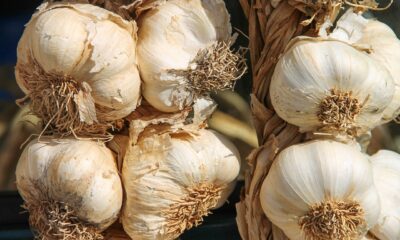

 Environmental Sustainability1 year ago
Environmental Sustainability1 year ago
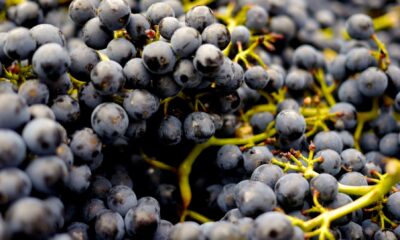

 Agriculture, Transportation & Logistics7 months ago
Agriculture, Transportation & Logistics7 months ago


 Agriculture, Transportation & Logistics1 year ago
Agriculture, Transportation & Logistics1 year ago
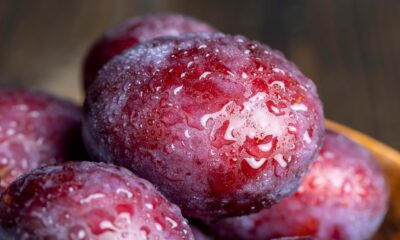

 Food Safety & Quality Control7 months ago
Food Safety & Quality Control7 months ago
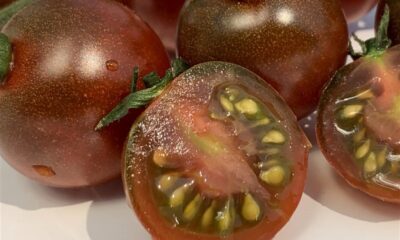

 Food Safety & Quality Control1 year ago
Food Safety & Quality Control1 year ago


 Food Safety & Quality Control1 year ago
Food Safety & Quality Control1 year ago
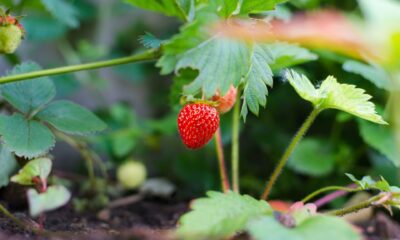

 Agriculture, Transportation & Logistics12 months ago
Agriculture, Transportation & Logistics12 months ago


 International Trade & Commerce1 year ago
International Trade & Commerce1 year ago




